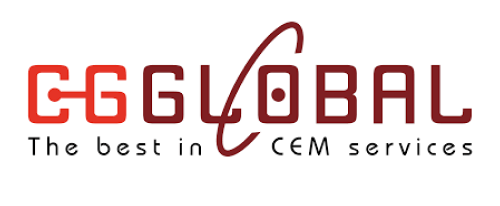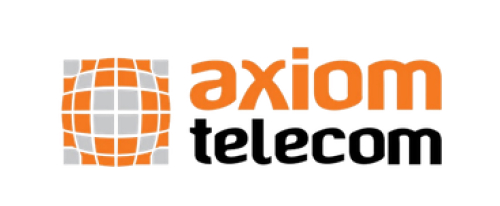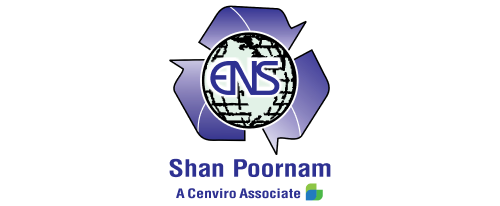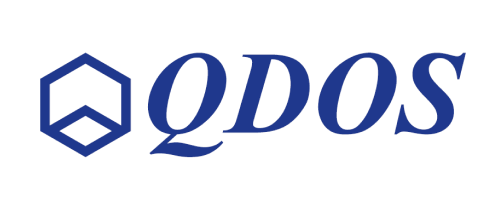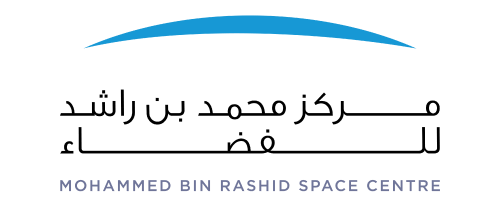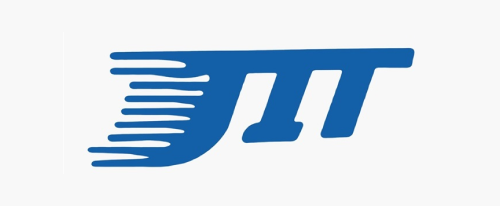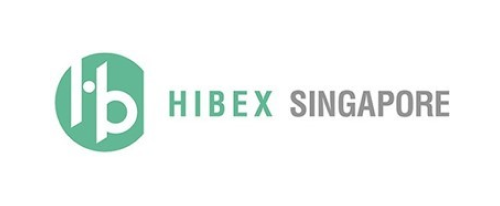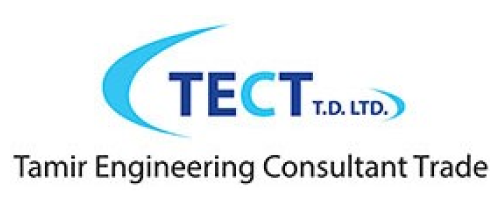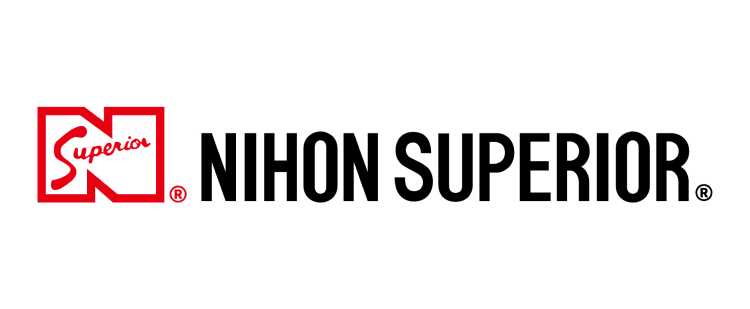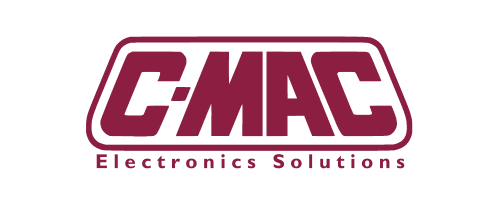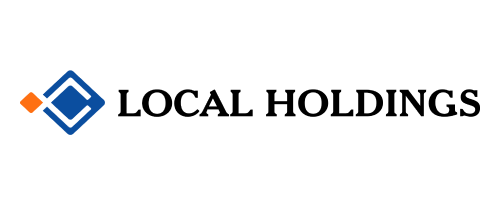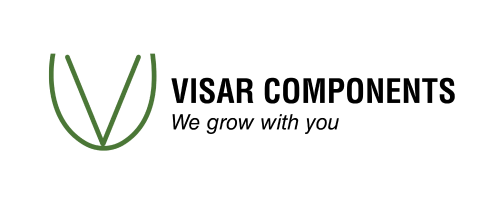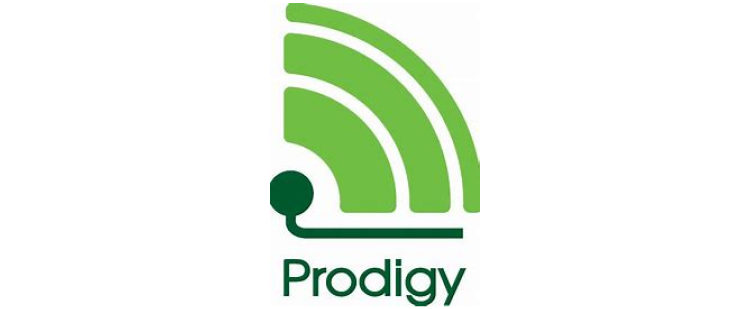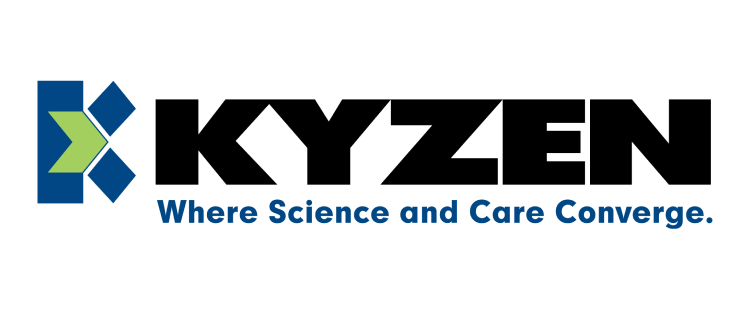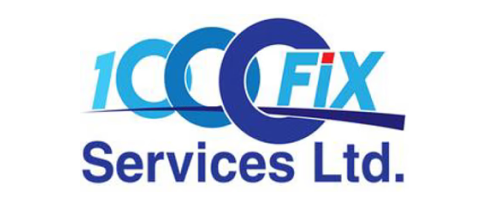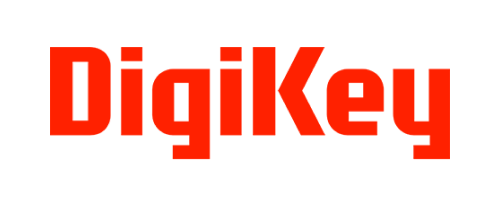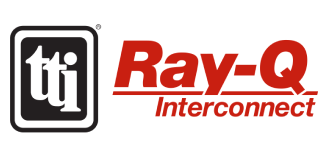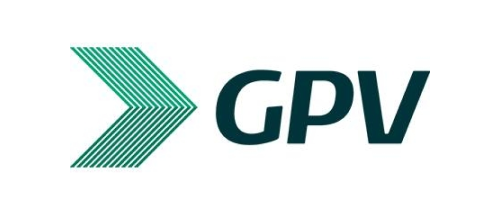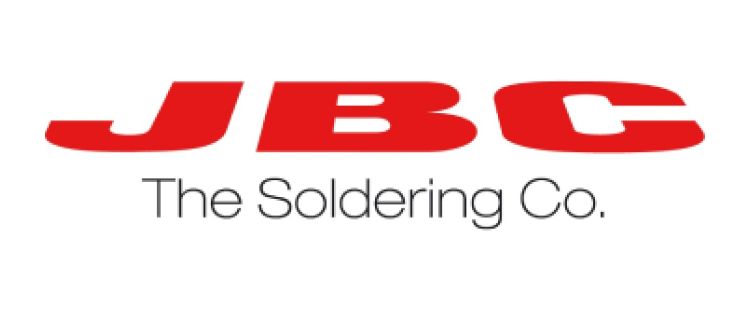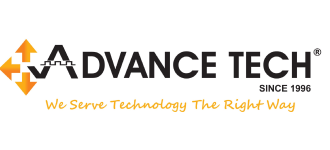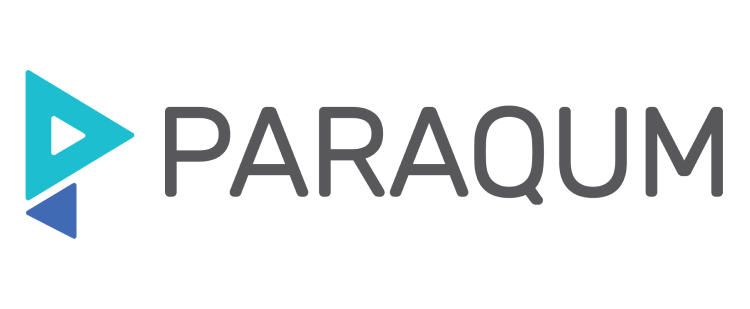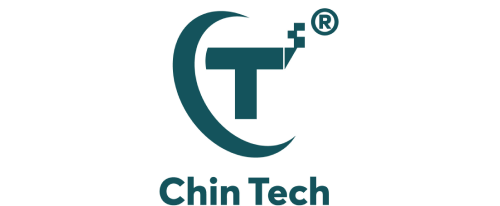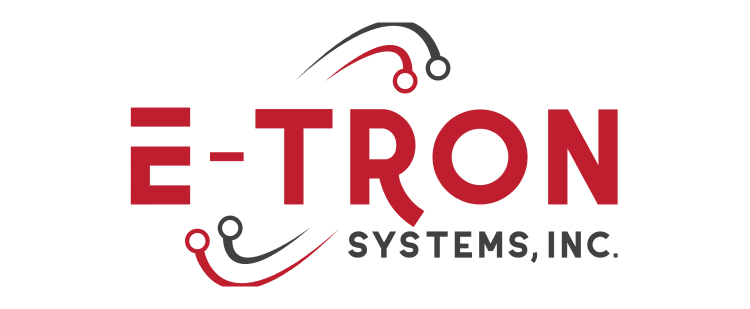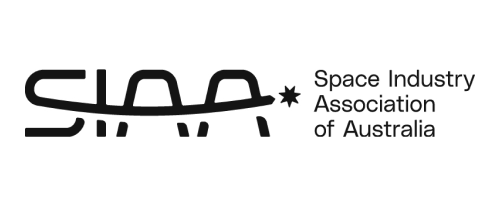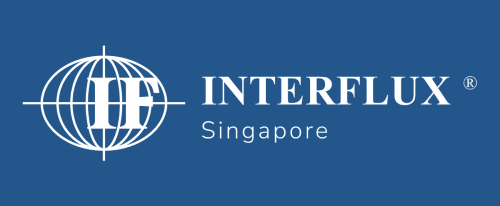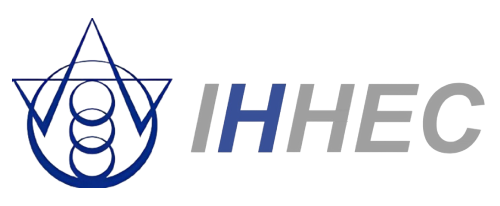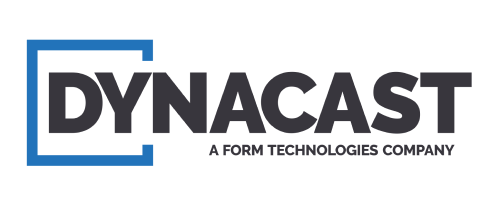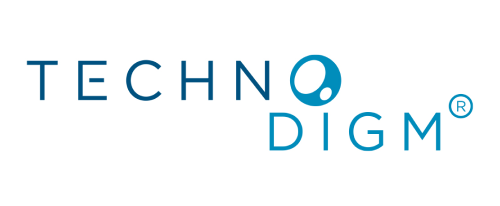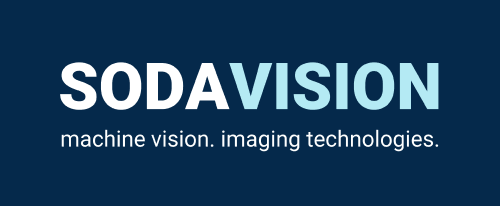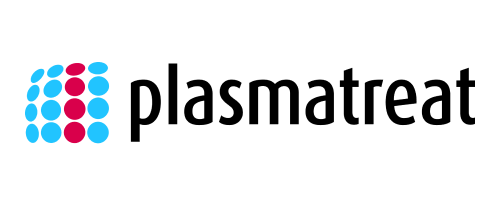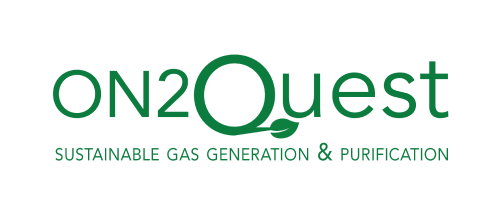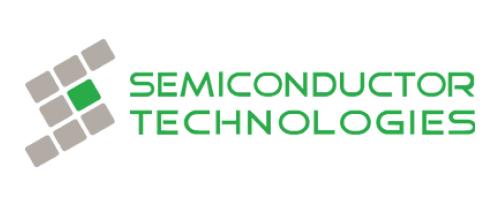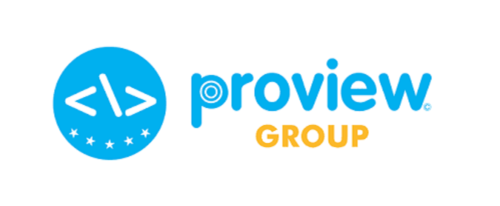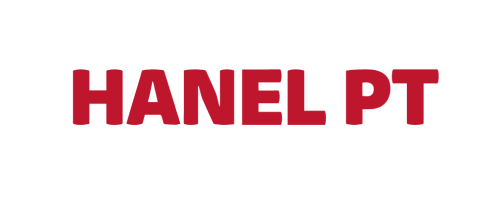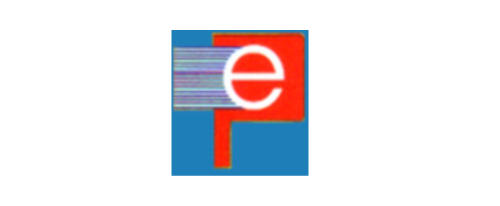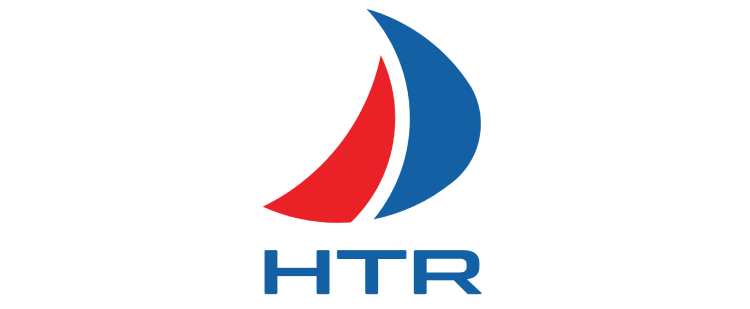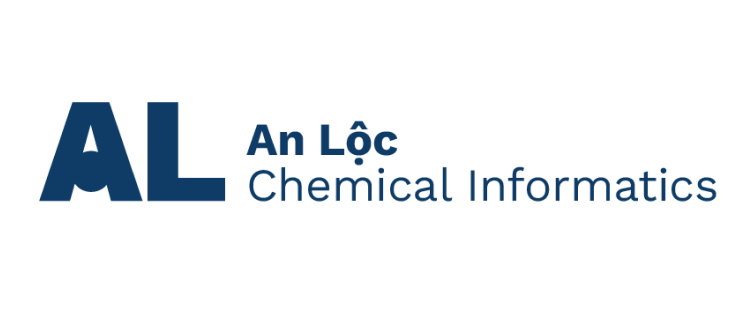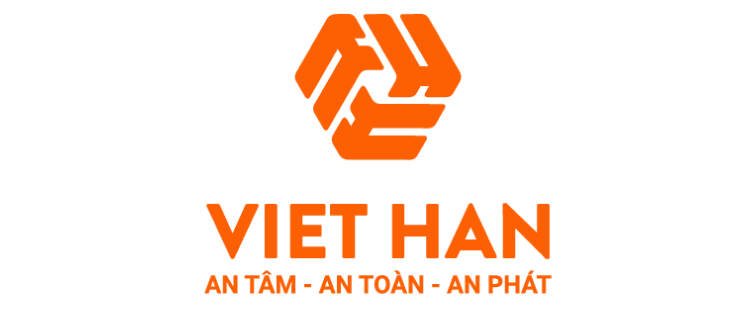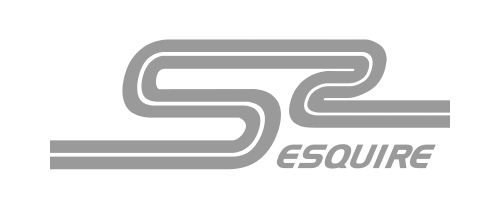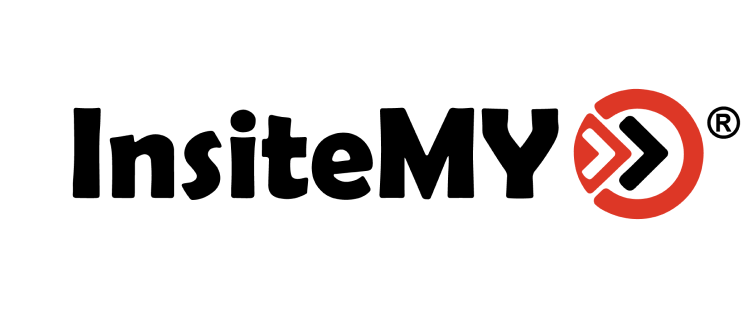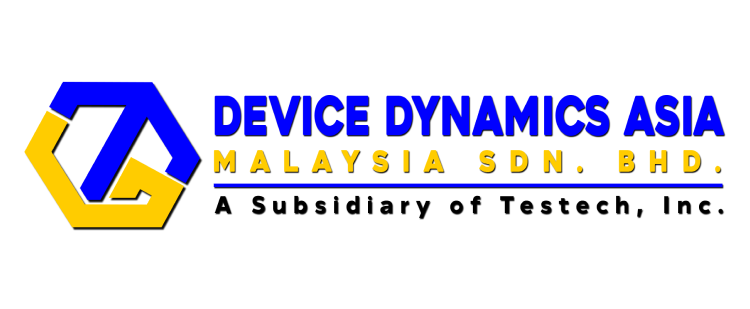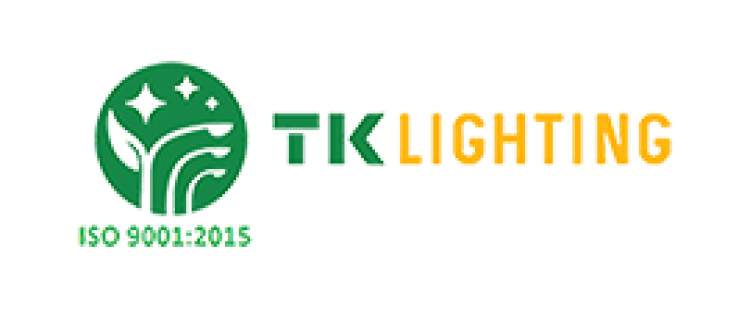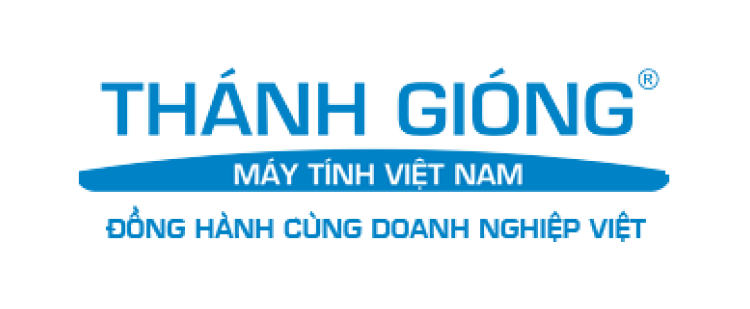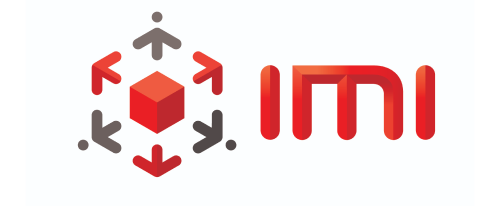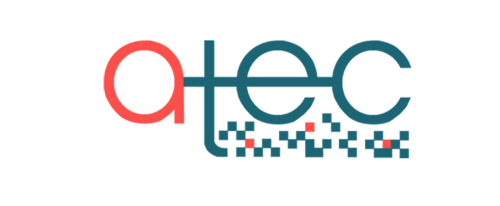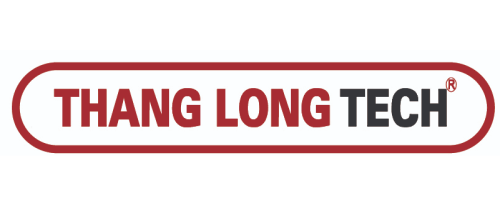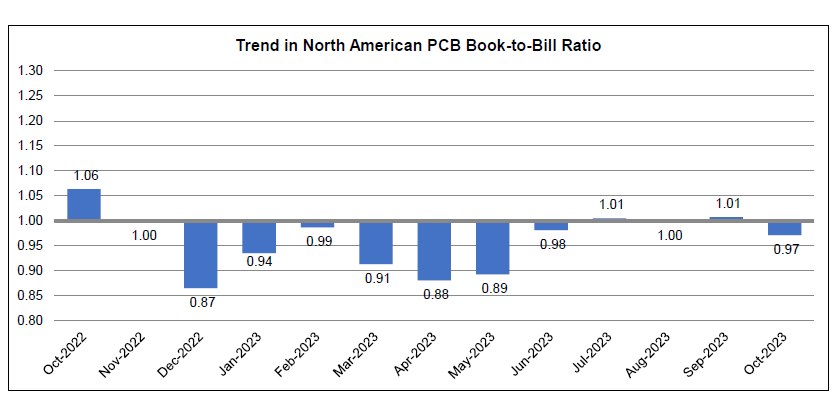by Stephanie Austin, Director of Marketing at Zentech Manufacturing
How can companies use marketing principles and tools to attract quality job candidates and improve employee retention? Stephanie Austin, director of marketing, Zentech Manufacturing, explains in “Manufacturing a Creative Workforce Development Strategy.” Austin, a member of IPC's EMS Steering Committee, will participate in the upcoming EMS Leadership Summit on April 8, 2024, at IPC APEX EXPO.
Often times we only view sales and marketing as a way to generate customers. I would argue that the same marketing principles and tools can be utilized internally; improving employee retention and generating more quality job candidates. We’ve sold our customers on our brand, services and products but have we sold our current and future employees?
The catalyst for my ideas came from HubSpot’s Inbound Methodology which describes marketing as more like a magnet and less like a bullhorn. Inbound Marketing is about “attracting customers by creating valuable content and experiences tailored to them.”
Generate Employees that Stay
Think about the marketing activities we conduct to attract customers. Consider how these activities can be modified to attract our employees, creating loyalty, stronger work ethic and buy-in.
The HubSpot Attract Stage of Inbound Methodology: “drawing in the right people with valuable content and conversations that establish you as a trusted advisor with whom they want to engage.”
Translated: “Engaging our employees with valuable communication and activities that establish us as an elite employer for whom they are proud to work for.”
Best Practices
- Create a company e-newsletter – we communicate regularly with our customers; this communication can be just as effective with employees. Feeling more connected and informed leads to greater trust in their employer.
- Get visual: Post your tagline, values and mission statement throughout the facility.
- Plan events that show employee appreciation.
- Recognize company and employee accomplishments, internally via email and externally via email marketing and social media.
- Host events that serve the community and encourage employee involvement.
- Share customer testimonials with employees.
- Demonstrate how our product functions with the end user. Employees will benefit from seeing how their contribution positively affects the world around them.
Generate Quality Job Candidates
As companies looking for employees, we operate in an “employees market”. Candidates have a plethora of choices and industries to enter into. So as employers, we have to think more creatively.
The HubSpot Attract Stage of Inbound Methodology: “drawing in the right people with valuable content and conversations that establish you as a trusted advisor with whom they want to engage.”
Translated: “Attracting potential candidates with valuable content that resonates with them, establishing you as an elite employer for whom they want to work.”
Best Practices
- Create “employee persona(s).”
The HubSpot inbound methodology describes buyer personas: “a buyer persona is a semi-fictional representation of our ideal customer, based upon market research and real data about our existing customers.”
Translated: an employee persona is a semi-fictional representation of your ideal employee based on our company needs, market research and real data about our existing employees and industry.
In the context of our new employee persona(s) we will be able to continue with the following best practices.
- Using Your Employee Persona(s), create content and share it
Cash may be king, but so is content. Your digital presence is more than just having a static website and passively casting out a line on employment platforms and hoping for good candidates. The best content is ongoing, interactive, engaging and helpful. Content is also most effective when we diversify the platforms we utilize. A piece of content can also be created once and edited/repurposed for multiple platforms.
Content in this context is also not always directly talking about your need for employees. Think magnet, not bullhorn. Draw people into the conversation by creating parallel discussions.
For example, it could be a blog post about an employee’s career path, or a post about why your industry is so versatile and engaging. It could be an article that you repost that help educate potential candidates on the state of your industry.
- Be ambassadors of your industry and company.
Given the plethora of industry career options, many potential employees may not be aware of our industry and the vast opportunities it has to offer. It’s our job to be ambassadors and create awareness. Ask yourself questions like, “Does my industry have a negative perception?” or “Is my industry properly represented in high schools, trade schools and colleges?”
- Gather information from current employees about why they love their career.
- Get visual. In the context of where we advertise our company job openings, break up the monotony of long blocks of text and create visual graphics. This will keep our readers more engaged. For example, a graphic illustrating sample career paths or statistics about our industry.
- Create Relationships with educational institutions
Even school leaders, teachers and guidance counselors may not be aware of the vast opportunities within your industry. The content you create will be equally effective with them.
- Maintain ongoing relationships with local schools that can establish an “employee pipeline”.
- Start an apprenticeship, mentor and/or intern program that these schools can refer students to.
- Host events at your facility to engage and educate students and school leaders. For example, host a MFG Day (a national initiative by NAM on the first Friday in October).
Useful Resources:
HubSpot Inbound Methodology
Hubspot Academy –There are dozens of courses in social media, marketing and sales. Most courses are just a few hours long with a test at the end to earn a certification.
Billion Dollar Graphics – PPT plugin using editable vector graphics. Once created in PPT, can be saved and used outside PPT. This user-friendly software is specifically made for amateurs!
Apps:
- Word Swag – create graphics using words on images
- Canva – create more complex graphics using templates
- Videorama – create and edit videos
--------------------------------------------------------------------------------------------------
About Zentech:
Zentech Manufacturing, an EMS company, is primarily focused on the defense, aerospace, and medical industries, specializing in the manufacture of highly complex electronic and electromechanical circuit card assemblies. The company has locations in Baltimore, MD, Richardson, TX, and Bloomington, IL and maintains key certifications which include ISO 9001:2015, ITAR (US State Dept.), AS9100 (aerospace), and ISO 13485 (medical). In addition, Zentech is a certified IPC A-610 Trusted Source supplier for Class 3 mission-critical electronics and is an IPC-1791 certified Trusted Assembler. In January 2023, Zentech received the Stan Plzak Corporate Recognition Award from the IPC. This award recognizes Zentech’s contributions to the electronics assembly industry and its support of the IPC through participation in technical and management programs.

